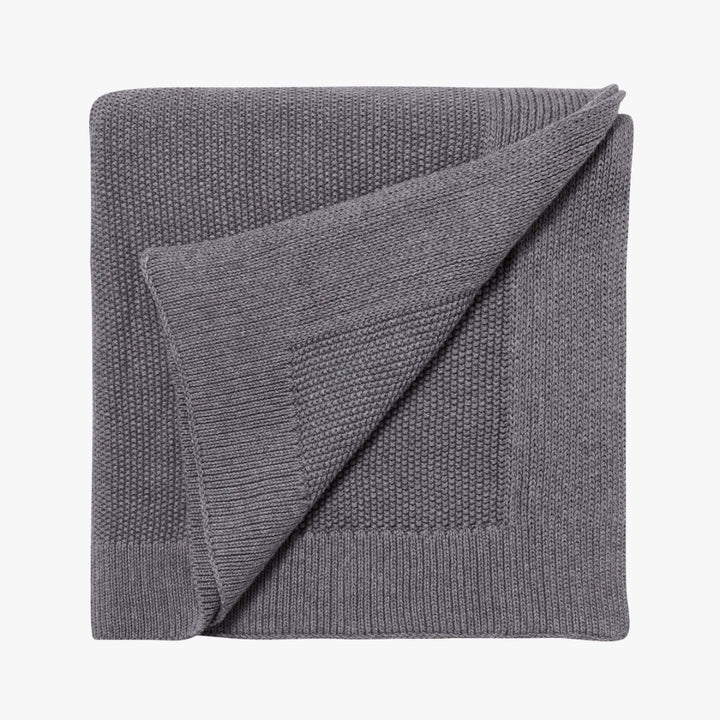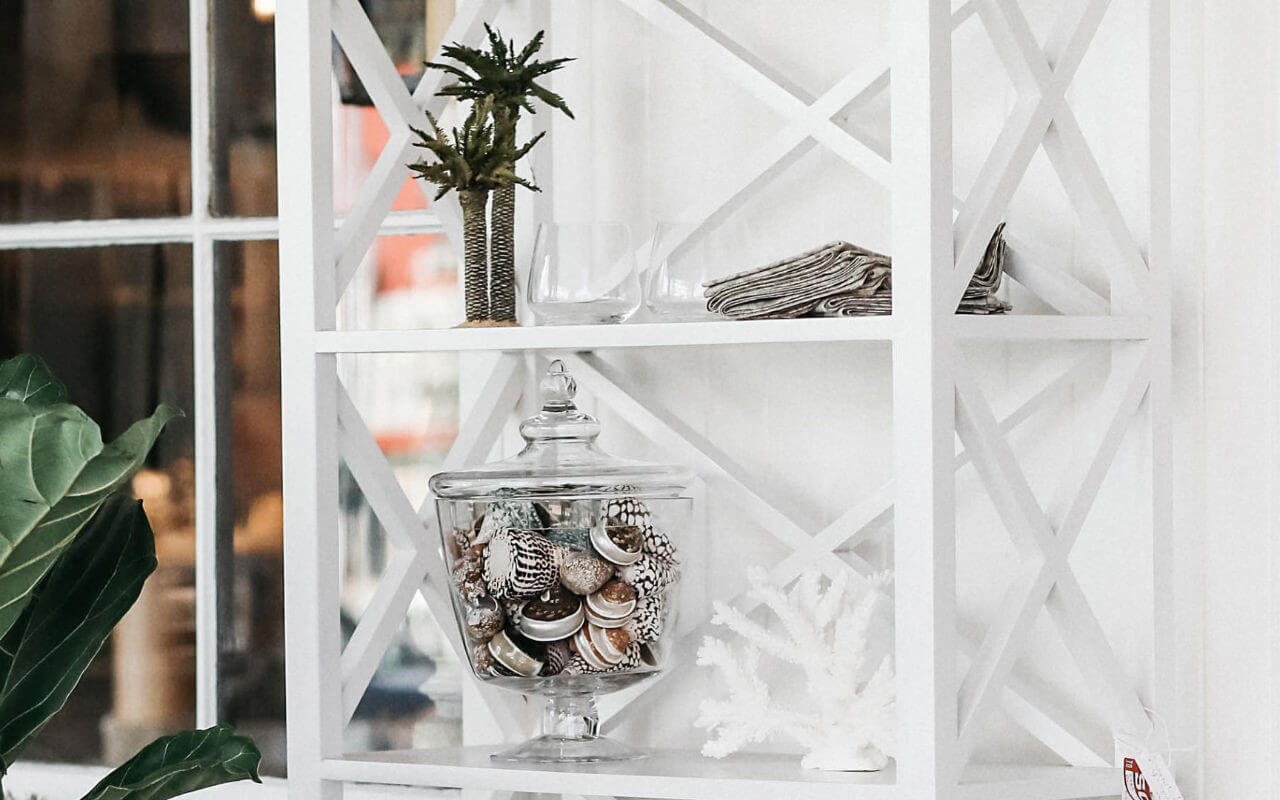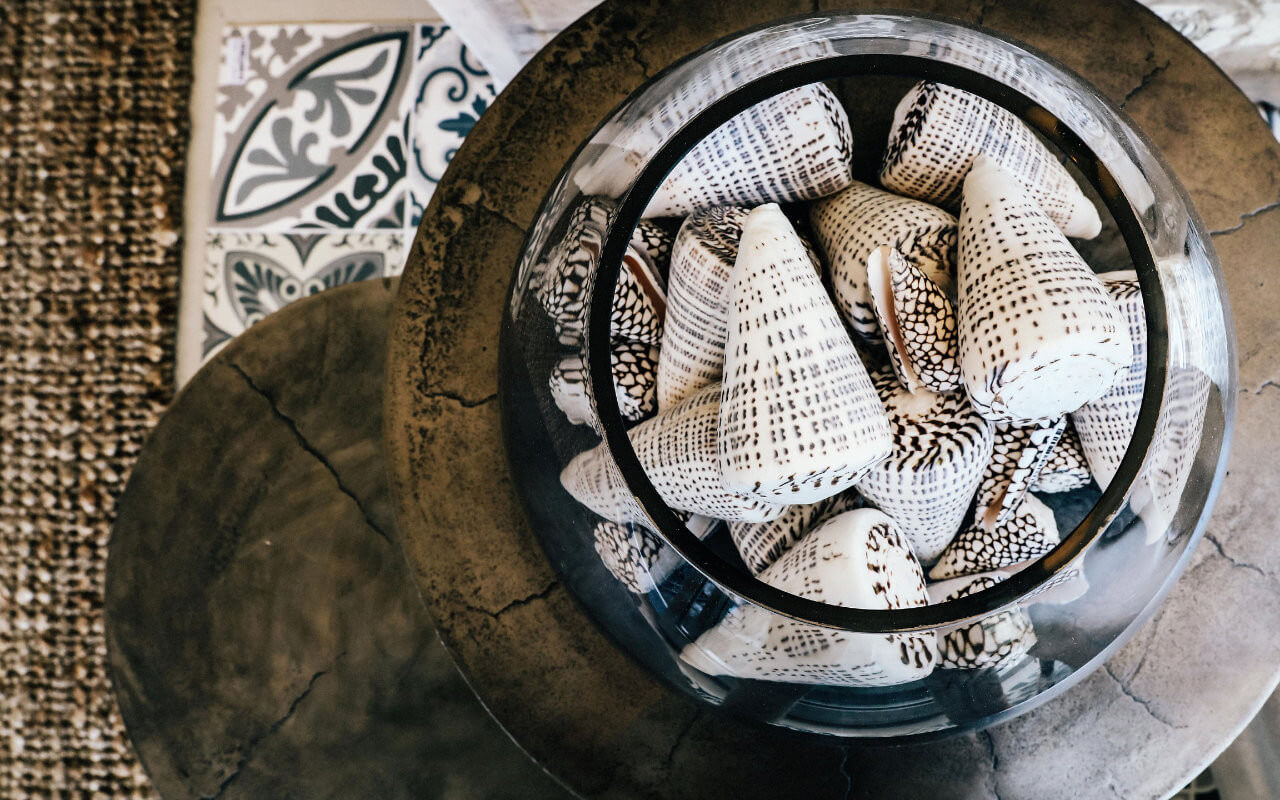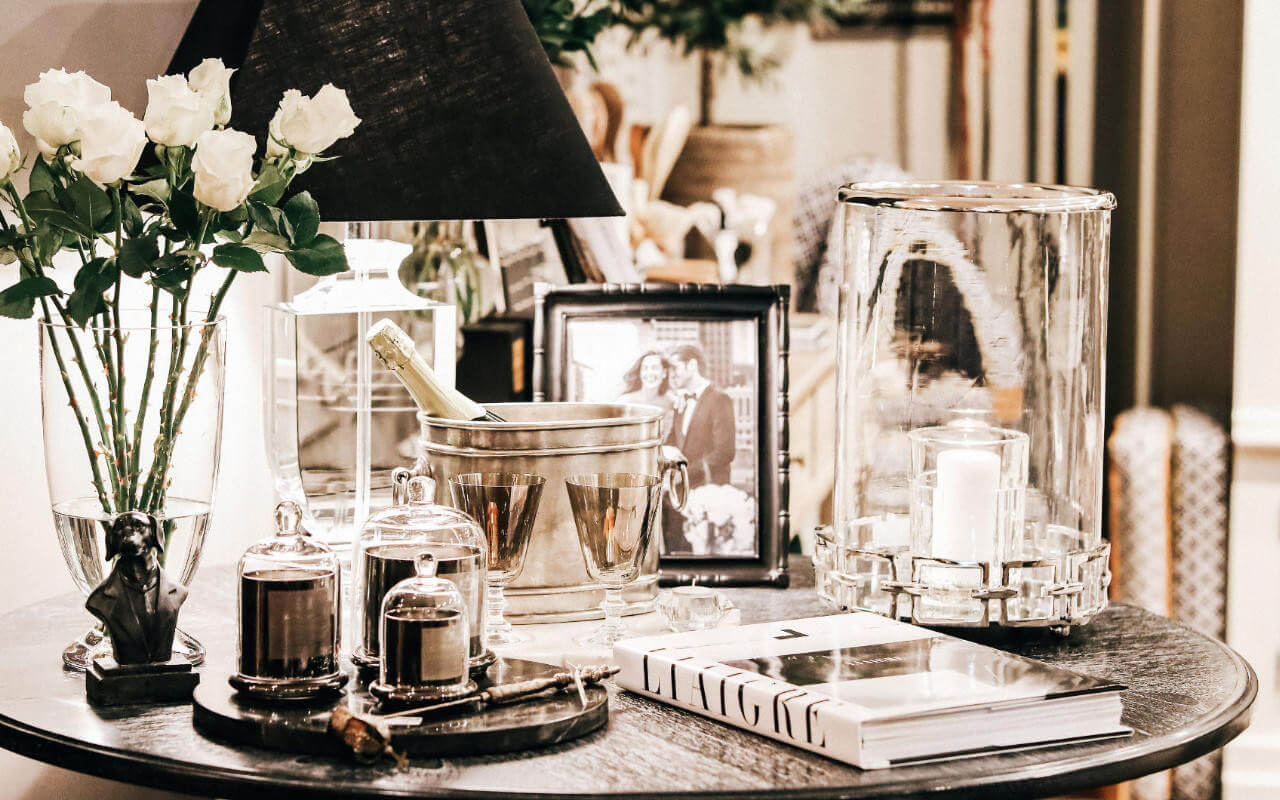When it comes to fabric selection it can be tempting to base your decisions solely on the aesthetic appeal or feel of the fabric.
However, choosing the right fabrics and soft furnishings for your home also depends on your personal decor style, the atmosphere you want to create, the purpose it will serve, whether you have pets, and the alignment of your lifestyle requirements.
SHOP THE COLLECTION
Here are some of our recommendations for selecting the right soft furnishings for your home:
Fabric Selection Tip #1
Define your Interior Design Style
Before selecting fabrics, it's important to have a clear understanding of your personal style since fabric types vary depending on the design styles.
As a first step, we recommend taking our interior style personality quiz.
We also have over 50 videos covering different interior design styles on our YouTube channel "Suzie Anderson Home", which you can find here.
Next, look for more inspiration in design magazines, Pinterest, and social media platforms. Explore interior design projects that align with your style and take note of the fabrics they use. This can help you visualize how different fabrics can work together to achieve the desired look.
Photo Source: Suzie Anderson Home
Fabric Selection Tip #2
Consider the Mood & Ambience
Now that you have an understanding of your personal style, think about the mood you want to evoke in your space.
Do you prefer a cosy and inviting atmosphere, a sleek and refined look, or a laid-back and relaxed feel?
The fabrics you choose play a key role in creating your desired ambience.
Photo Source: Suzie Anderson Home
For example, if you desire a traditional or elegant feel, you might choose silk, velvet, or damask fabrics. If you want a more casual or rustic feel, you might opt for cotton, linen, or burlap fabrics.
For a laid-back, inviting feel, look for textures that are soft, thick, and sumptuous to the touch, such as velvet, faux fur, flax linen, boucle, chenille, shag, soft cotton, and luxury merino jersey wool.
Cotton Nico Blanket | Smoke | Large

$449.00
Nico is an all-season knit with lots of natural stretch. Made from 100% cotton, this cosy and tactile blanket is great for adding texture anywhere. The Nico Blanket is wonderfully breathable and soft, making it a chic and versatile addition… read more
Other common descriptors include:
-
Calm
- Bright
-
Eclectic
-
Soothing
-
Romantic
-
Cocooning
- Welcoming
Photo Source: Suzie Anderson Home
Fabric Selection Tip #3
Fabric Patterns
The introduction of patterns in soft furnishings is another way to shape the overall look, personality, and feel of your home.
For example, if you prefer a British Colonial style, you might opt for fabrics featuring vibrant tropical, animal, or floral prints.
Photo Source: Suzie Anderson Home
For the Classic Contemporary style, consider selecting fabrics that feature stripes, geometric prints, jewel-like motifs, and graceful nature-inspired prints. For softness, look for decorative pillows that feature fringed details and contrasting trims and fabrics.
Within Coastal-style homes, you will find ticking and larger stripes, geometric patterns, and large-scale abstracts, as well as raised textured embroidery and waffle designs.
Lastly, consider how the patterns you select will complement your existing furniture, window treatments, soft furnishings, colour scheme, living energy, and decorative accessories.
Photo Source: Suzie Anderson Home
Fabric Selection Tip #4
Consider Texture
Texture is essential in any interior design project as it adds depth, dimension, and interest to a space.
Think about the tactile experience you want to create. If you prefer a cosy and comfortable feel, consider fabrics with a soft and plush texture like velvet, cashmere, chenille, or faux fur.
For a more casual and relaxed feel, you might choose fabrics with a lightweight and organic feel such as Belgian flax linen, cotton, bamboo, or merino wool.
If you want to learn more about layering these different textures, we recommend our series on layering textures below.
Lastly, don't be afraid to mix and match different fabrics to create visual interest and balance. Combining different textures, patterns, and colours will create a lived-in feel.
Here is another resource we recommend for learning more about the different fabric types.
Photo Source: Suzie Anderson Home
Fabric Selection Tip #5
Consider the Fabric's Function
Next, determine the purpose your soft furnishings will serve.
For example, if you're selecting upholstery fabric, prioritise durability, style, and stain resistance.
For window treatments, do you want subtle light-filtering drapes or heavy-lined blackout blinds for the bedroom?
If you're selecting fabrics for your decorative cushions, bedding, and other soft furnishings, consider the season, the overall visual appeal, and the tactile feel of the fabrics.
Lastly, if you are selecting fabrics for a custom sofa or armchair, options, we recommend watching our video below.
Photo Source: Suzie Anderson Home
Fabric Selection Tip #6
Consider Longevity
Lastly, consider the longevity, durability, and timeless appeal of the fabrics you choose.
Will you still love the fabric in a few years?
By selecting upholstered or slip-covered pieces, bedding, and window treatments with a timeless appeal, such as those in soft neutrals, they are more likely to maintain their appeal.
How does the fabric withstand the test of time?
Certain fabrics are more durable than others, with some even getting softer and more appealing over time, such as the case of linen.
For example, while linen may feel slightly stiff initially, it softens with use and laundering. The fabric becomes more comfortable, and pliable, and develops a beautiful drape. As you continue to use and wash linen items, they become even softer and more appealing, enhancing their overall comfort and aesthetic.
Photo Source: Suzie Anderson Home
Some fabrics recognised for their durability include:
-
Leather: Genuine leather is known for its exceptional durability and longevity. It is resistant to scratches, spills, and stains, and tends to develop a beautiful patina over time. However, it requires proper care and maintenance to ensure its longevity.
-
Microfiber: Microfiber fabrics are made from tightly woven synthetic fibers, usually polyester or nylon. They are highly durable, resistant to stains, and can withstand heavy use. Microfiber is also relatively easy to clean and maintain.
-
Canvas: Canvas is a sturdy, heavy-duty fabric typically made from cotton or a cotton blend. It is known for its strength and durability, making it suitable for upholstery, outdoor furniture, and accessories. Canvas fabrics are often treated to enhance their resistance to water and stains.
-
Wool: Wool is a natural fiber that is known for its strength and resilience. It is resistant to wrinkles and creases and can retain its shape even after prolonged use. Wool fabrics, such as wool blends or tweed, are a good choice for upholstery, rugs, and blankets.
-
Linen: Linen is considered one of the oldest known textiles, and its long history is a testament to its durability. It has been used for centuries due to its ability to maintain its quality and appearance over time.
Some fabrics may also require special care, while others are more low-maintenance. For example, silk and velvet may require professional cleaning, while cotton and polyester blends are generally easier to clean.
This also involves taking into account the climate in your area. If you live in a hot and humid region, breathable fabrics like cotton or linen can help keep you cool. In colder climates, you might prefer warmer fabrics like wool or fleece.
Photo Source: Suzie Anderson Home
Fabric Choice and Design Style Summary
Here is a list of recommended fabrics based on some of the design styles showcased on our website.
-
Country Style: hopsack, leather, cotton, and flax linens.
-
French Style: rich silk taffeta, mohair velvets, time-worn damask, brocade, or linen.
-
Belgian Style: stonewashed flax linens, cotton, faux fur, and wool.
-
Coastal Style: natural stonewashed linens, muslin, calicos & washed cotton.
-
Japandi Style: textured linens, brushed cotton, velvet, chunky wool knits, jute, and hemp.
-
British Colonial Style: animal hides, natural fiber seagrass or jute, lightweight linen, cotton, and muslin.
-
Classic Contemporary Style: natural flax linens, cotton, wool, cashmere, sumptuous silks, and velvets.
Remember, your design style is personal, and it's important to choose fabrics that resonate with you and help you to create a home you love.
We hope you are able to use these steps as a guide and select fabrics that bring you joy and reflect your unique style.
















